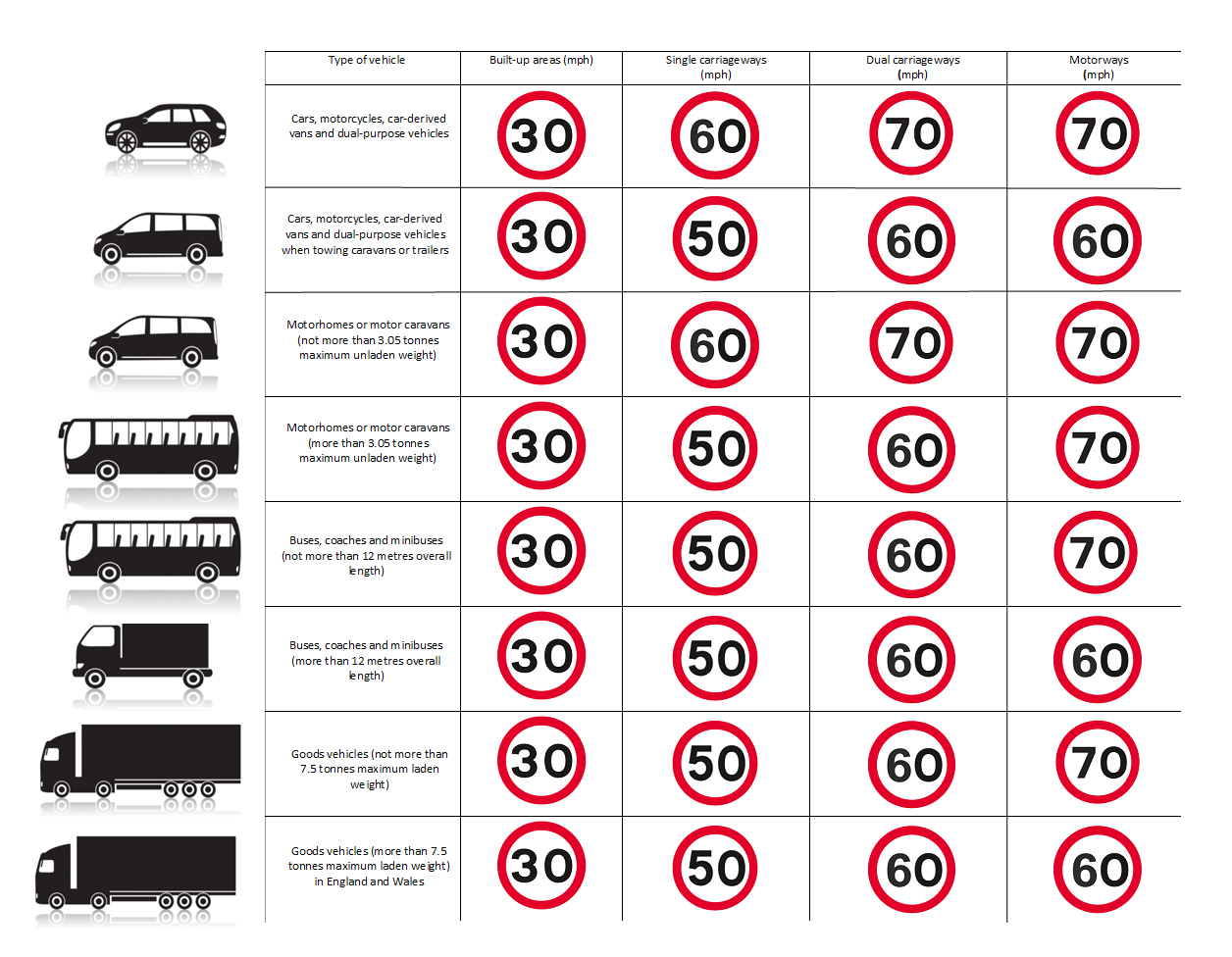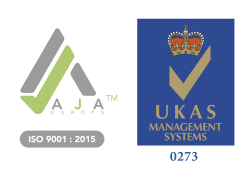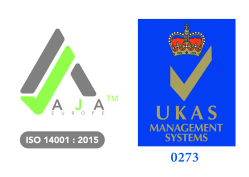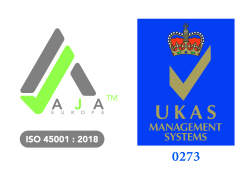Speeding Offences on the Rise under Lockdown
Despite most of us staying at home during lockdown, a huge number of motorists were caught speeding during April. Though there has been over 66% less traffic on the roads than usual, the number of speeding offences rose to over 6,000 since lockdown began on 23rd March. Some motorists were even driving at over double the national speed limit. A driver in London was caught doing 134 mph in a 40 mph zone, while another driver in Manchester clocked 115 mph while travelling through a 40 mph zone.
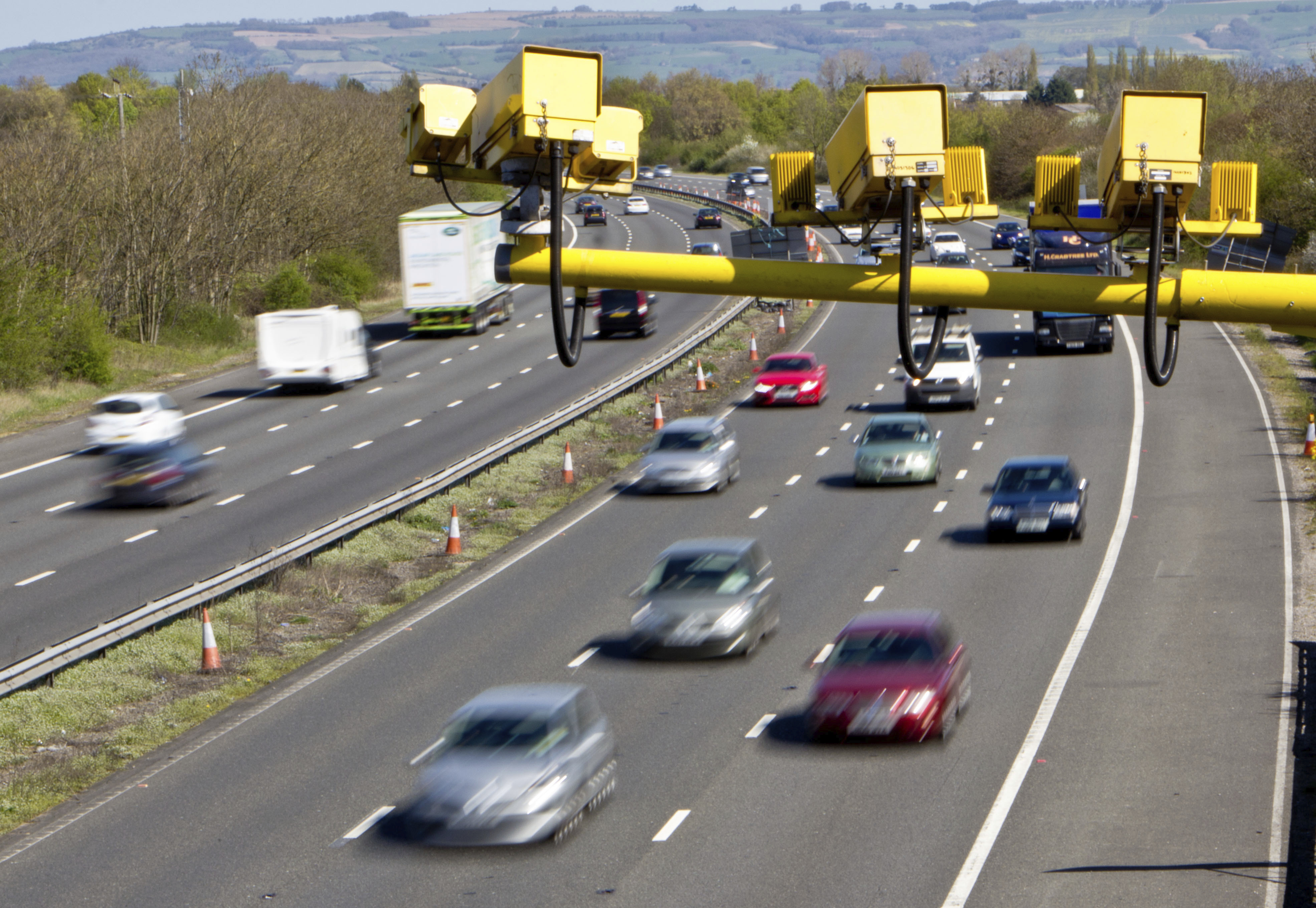
Speed is a contributory factor in most serious road crashes and casualties, and driving is unpredictable. If something unexpected happens on the road ahead – such as a child stepping out from between parked cars – it is a driver’s speed that will determine whether they can stop in time (or, if they can’t stop, the impact speed). It is estimated that for every 1 mph reduction in average speed, the collision rate falls by approximately 5%. When travelling at 70 mph, you travel approximately 105 feet per second.
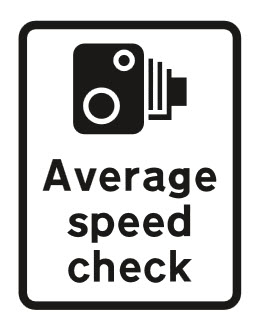
Understanding Speed Limits
Roads are generally labelled with the speed limit when you join at a junction. Generally, limits are one of the following.
• 20 mph
• 30 mph
• 40 mph
• 50 mph
• 60 mph
• 70 mph
Some speed limits are signalled with national speed limit signs. Confusion can arise over national speed limits because they vary depending on the type of road and vehicle, as shown in the diagram below:
National Speed Limits in Built-Up Areas
The speed limit in built-up areas is usually 30 mph for all vehicles.
National Speed Limits on Single Carriageways
• 60 mph for cars, motorcycles, car-derived vans and dual-purpose vehicles.
• 50 mph for cars, motorcycles, car-derived vans and dual-purpose vehicles when towing caravans or trailers.
• 60 mph for motor homes or motor caravans (maximum 3.05 tonnes unladen weight).
• 50 mph for motor homes or motor caravans (over 3.05 tonnes unladen weight).
• 50 mph for buses, coaches and minibuses (over 12 metres overall length).
• 50 mph for buses, coaches and minibuses (over 12 metres overall length).
• 50 mph for goods vehicles (maximum 7.5 tonnes laden weight).
• 50 mph for goods vehicles (over 7.5 tonnes laden weight) in England and Wales – in Scotland, the speed limit is 40 mph.
National Speed Limits on Dual Carriageways and Motorways
• 70 mph for cars, motorcycles, car-derived vans and dual-purpose vehicles.
• 60 mph for cars, motorcycles, car-derived vans and dual-purpose vehicles when towing caravans or trailers.
• 70 mph for motor homes or motor caravans (maximum 3.05 tonnes unladen weight).
• 60 mph for motor homes or motor caravans (over 3.05 tonnes unladen weight) on dual carriageways – and 70 mph on motorways.
• 60 mph for buses, coaches and minibuses (maximum 12 metres overall length) on dual carriageways – and 70 mph on motorways.
• 60 mph for buses, coaches and minibuses (over 12 metres overall length).
• 60 mph for goods vehicles (maximum 7.5 tonnes laden weight) on dual carriageways – and 70 mph on motorways.
• 60 mph for goods vehicles (over 7.5 tonnes laden weight) in England and Wales – in Scotland, the speed limit is 50 mph on dual carriageways and 60 mph on motorways.


